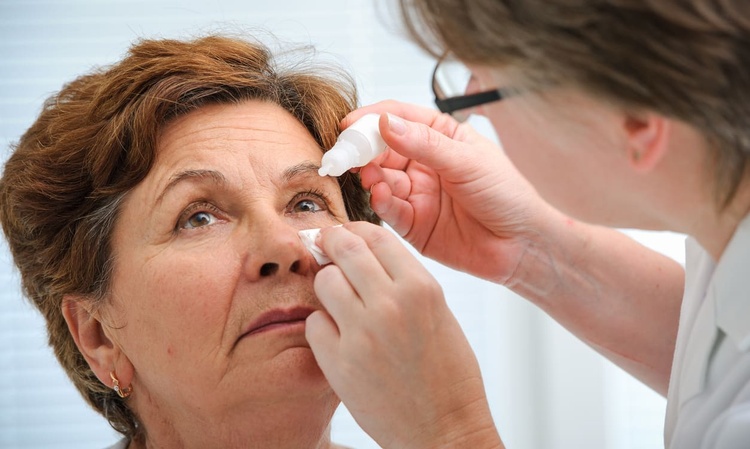Dizziness Treatment: Effective Approaches for Older Adults and Caregivers
Dizziness is a common complaint that can range from brief lightheadedness to persistent balance loss. For older adults, episodes of dizziness often lead to falls, reduced independence, and anxiety. Understanding common causes, how dizziness intersects with fatigue, and the treatment options available — including when medication may help — empowers patients and caregivers to seek appropriate care and reduce risk.

This article is for informational purposes only and should not be considered medical advice. Please consult a qualified healthcare professional for personalized guidance and treatment.
What causes dizziness?
Dizziness is a symptom, not a single diagnosis, and can arise from many systems: the inner ear (vestibular system), cardiovascular changes, neurological issues, metabolic disturbances, or medication effects. Benign paroxysmal positional vertigo (BPPV) and vestibular neuritis are inner-ear causes that create spinning sensations, while orthostatic hypotension causes lightheadedness when standing. Cardiac arrhythmias, low blood sugar, dehydration, and anemia can also present as dizziness. A careful history and targeted exam help clinicians narrow the cause and plan treatment.
How are dizziness and fatigue connected?
Dizziness and fatigue often occur together. Persistent vertigo or balance problems are physically and mentally draining; people may limit activity to avoid symptoms, leading to deconditioning and further fatigue. Conversely, chronic fatigue syndromes, poor sleep, or medication side effects can intensify perceptions of dizziness. Assessing sleep quality, nutrition, hydration, and psychological stressors is important when dizziness coexists with ongoing fatigue. Addressing reversible contributors such as anemia, thyroid dysfunction, or poor sleep hygiene can reduce both symptoms.
Treatment approaches for seniors and older adults
Older adults require tailored evaluation because age-related changes and polypharmacy increase dizziness risk. Assessment should include orthostatic vital signs, medication review, vision and hearing checks, and gait and balance testing. Non-pharmacologic treatments are often first-line: vestibular rehabilitation therapy (VRT) — a set of balance exercises guided by a physical therapist — improves compensation for inner-ear problems; home safety modifications and assistive devices reduce fall risk. Managing chronic conditions (e.g., hypertension, diabetes) and ensuring adequate hydration and nutrition are foundational. Care plans should factor in cognitive status, fall history, and social supports.
Is medication necessary for dizziness?
Medication can be helpful in specific circumstances but is not universally required. Short-term vestibular suppressants (e.g., antihistamines or benzodiazepines) may ease intense vertigo early on but can impede long-term compensation if used chronically. For dizziness caused by migraines, vestibular migraine treatments may include preventive or abortive medications. When orthostatic hypotension is due to low blood pressure, adjusting antihypertensive regimens or using compression stockings and salt/fluid strategies can help. In older adults, careful review of all medications is crucial: many common drugs (antidepressants, antihypertensives, sedatives) can cause dizziness as a side effect, and simplifying regimens may reduce symptoms.
When to seek local services and prevention strategies
If episodes are recurrent, severe, accompanied by neurological signs (weakness, slurred speech, vision loss), or lead to falls, seek evaluation with local services such as primary care, ENT (ear, nose, and throat), neurology, cardiology, or geriatric medicine. Preventive measures include rising slowly from lying or sitting positions, staying hydrated, wearing sensible shoes, and improving home lighting and clutter reduction to lower fall risk. For seniors, annual medication reviews with a pharmacist or clinician can identify problematic prescriptions. Vestibular rehabilitation is available through physical therapy clinics and community programs; inquire about local services in your area.
Practical steps at home and during medical visits
Document episodes of dizziness: triggers, duration, associated symptoms (nausea, hearing changes, fainting), and current medications. Bring a complete medication list to appointments. Ask clinicians about simple tests (orthostatic blood pressure checks, Dix-Hallpike maneuver for BPPV, basic labs) and whether vestibular rehab could help. At home, use grab bars in bathrooms, install night lights, and avoid quick head turns. If fatigue is prominent, evaluate sleep patterns and consider screening for depression or sleep apnea when appropriate. Coordination between primary care, specialists, therapists, and caregivers yields the best outcomes.
Conclusion
Dizziness in older adults is multifactorial and often manageable with a combination of careful assessment, non-pharmacologic therapies like vestibular rehabilitation, targeted medication use when appropriate, and home safety measures. Attention to fatigue, medication side effects, and underlying medical conditions helps reduce recurrence and the risk of falls. Collaborative care and local services can guide personalized treatment plans that restore confidence and function.





